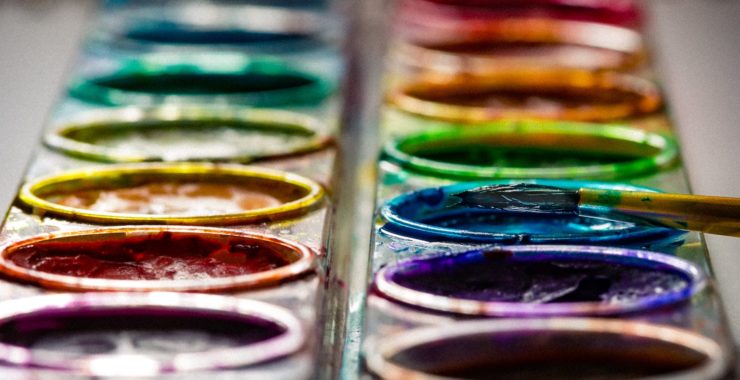Magic and art, myth and creativity. Part of why they go so beautifully together in stories is because it’s often hard to tell the difference. Poet or wizard? Musician or changeling? Spell or song? We don’t properly know where creativity comes from, so we revere it and distrust it in equal measure. That’s the thing about humans, isn’t it? We both love and fear anything we can’t put away in a cupboard at the end of the night or tuck into the bottom of our bag. It’s hard to say who treats the muse with more subjective awe—consumer, or creator. Those who don’t create are mystified by those who do, imagining them plunging into an abyss and returning with art. But those who create are equally mystified. Why am I like this? Why can’t I stop?
And that’s where the magic always begins to creep in.
As a fantasy reader, I cut my teeth on stories of fairies stealing away ordinary musicians and returning them as troubled geniuses, weavers knotting the future into mystical tapestries, men climbing mountains and returning as poets with fraught and mystical tongues. As an artist, I adore this senseless blurring of the lines between art and magic. All of these stories are really struggling to define where our creativity comes from, what the weight of it is, if there is suitable reward for the toll it takes, what becomes of us if it goes away, whether it is separate to us or intrinsic.
My novel Call Down the Hawk is about Ronan Lynch, who can manifest things from his dreams, and Jordan Hennessy, a skilled art forger—both of them artists and magicians in their own way. Although Hawk is a weird frolic and a tangled thriller and a family story, it’s also a way for me to talk about what I think about the pleasures and responsibility of creativity. It’s a way for me to talk about how, at the end of the day, both art and magic are only limited by imagination… which isn’t always a bad thing. Some dreams are too dangerous to see the light of day.
In honor of Call Down the Hawk’s artsy magic, or magical arts, here’s a list of five fantasy books with artists in them.
Fire and Hemlock by Diana Wynne Jones
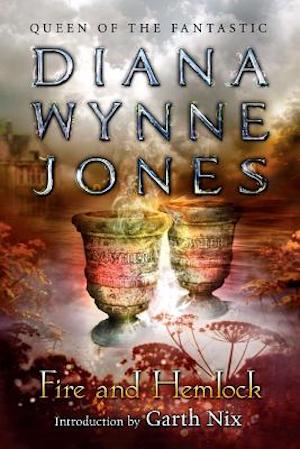
This 1984 novel retells the romantic legends of Thomas the Rhymer and Tam Lin, both stories about men stolen away to Fairyland by the fairy queen. In the first, the harper Thomas Rhymer returns to the human world, but with complicated fairy gifts, and in the second, Tam Lin must be rescued from the shimmering lies of fairy by his true love. In Fire & Hemlock, Polly must sort through her unreliable memories to rescue the cellist Tom Lynn from the far-reaching clutches of the Fairy Queen. High myth and dreary reality blend seamlessly on the ordinary streets of ‘80s Britain in this novel; music and magic are inseparable in it. Jones (author of Howl’s Moving Castle) has written many novels, but this is the one I return to the most. With its dreamy, tongue-in-cheek style, it feels more like a memory than a novel.
Revolution by Jennifer Donnelly
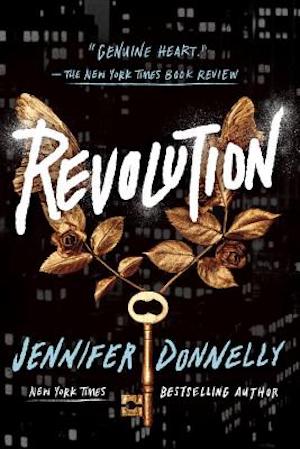
I’m a sucker for stories about geniuses, and I’m a sucker for stories about musicians, and I’m a sucker for stories about acidic young women, and this novel is about all of these things. Andi, a grief-torn punk teen and brilliant classical guitarist, loses and finds herself in Paris while researching composer Amade Malherbeau and the French Revolution. Donnelly doesn’t mince words as she describes musical obsession or grief, and Andi’s characterization is sharp as guitar strings under unpracticed fingers. The fantasy element—a slippery time-blending magic—creeps up as quiet and certain as a basso continuo behind the main melody in this genre-defying young adult novel.
The Time Traveler’s Wife by Audrey Niffenegger
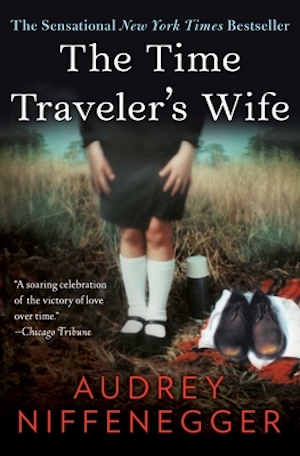
This lengthy tome is now considered a book club classic, and for good reason—there’s plenty to talk about from multiple angles, and the speculative element is conveyed seamlessly enough that even non-fantasy readers won’t balk. Come for the emotionally wrought time travel, but stay for the excellent depiction of an artist at work. Claire, Henry’s girlfriend, is a paper artist, and it’s not difficult to tell that Niffenegger is an artist herself. The pain and joy of tactile art-making comes through the prose clearly as Claire struggles to define herself beside someone and without someone who exists in all times and none at all.
Taran Wanderer by Lloyd Alexander
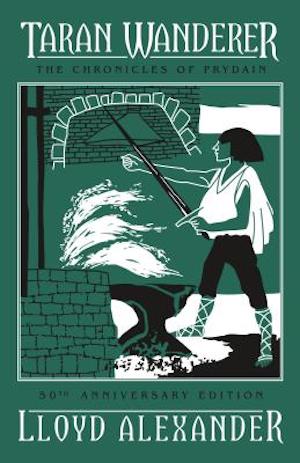
This is book four in Alexander’s Chronicles of Prydain Books, a high fantasy middle grade series about an assistant pig keeper becoming a hero, for better or for worse. The first three books of the series are traditional adventure tales, but in this one, instead of facing up great battles and comedic banter, Taran instead looks for his origins, hoping to find that he has worthy and noble lineage. When I first read this one as a child, I found it the most dull—why did I have to read about Taran apprenticing with various craftsmen and artists while sulking that he was probably unworthy for a princess? When I reread it as a teen, I loved it the best of all of them. Taran takes away a lesson from every artist and artisan and warrior he meets, and the hero he is in book five is because of the student he was in book four.
Station Eleven by Emily St. John Mandel
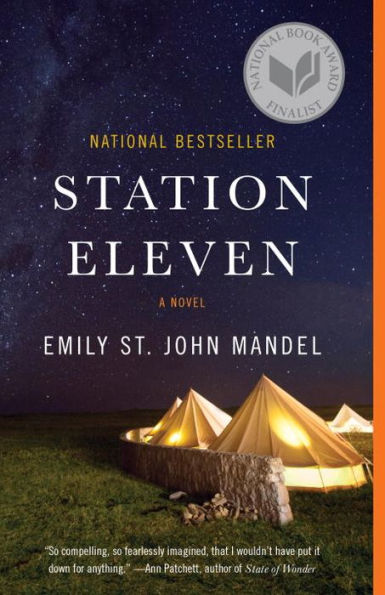
The end of the world has come and gone, illness ravaging the population, and what is left in its wake? In St. John Mandel’s vision of the end of the world: artists. Actors, to be precise. We have ever so many apocalypse stories that show us the ugly side of humanity, but Station Eleven stands out for highlighting the opposite. Yes, there are survivalists with shotguns and ugly truths in this version of the end of the world, but there’s also art, creativity, synthesis, the making of a new culture. This introspective novel follows a Shakespearean troupe across a wasteland and ponders what it means to be a creator in a world that by all rights, should care more about survival than art. In the end, which one really is the more human impulse?
Buy the Book
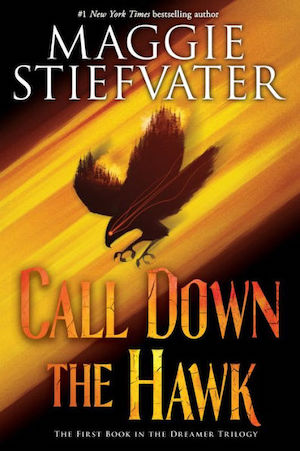

Call Down the Hawk
Originally published in November 2019.
Maggie Stiefvater is the #1 New York Times bestselling author of the novels Shiver, Linger, Forever, and Sinner. Her novel The Scorpio Races was named a Michael L. Printz Honor Book by the American Library Association. The first book in The Raven Cycle, The Raven Boys, was a Publishers Weekly Best Book of the Year and the second book, The Dream Thieves, was an ALA Best Book for Young Adults. The third book, Blue Lily, Lily Blue, received five starred reviews. The final book, The Raven King, received four. She is also the author of All the Crooked Saints and Call Down the Hawk. She is also an artist and musician. She lives in Virginia with her husband and their two children. You can visit her online at her website.










